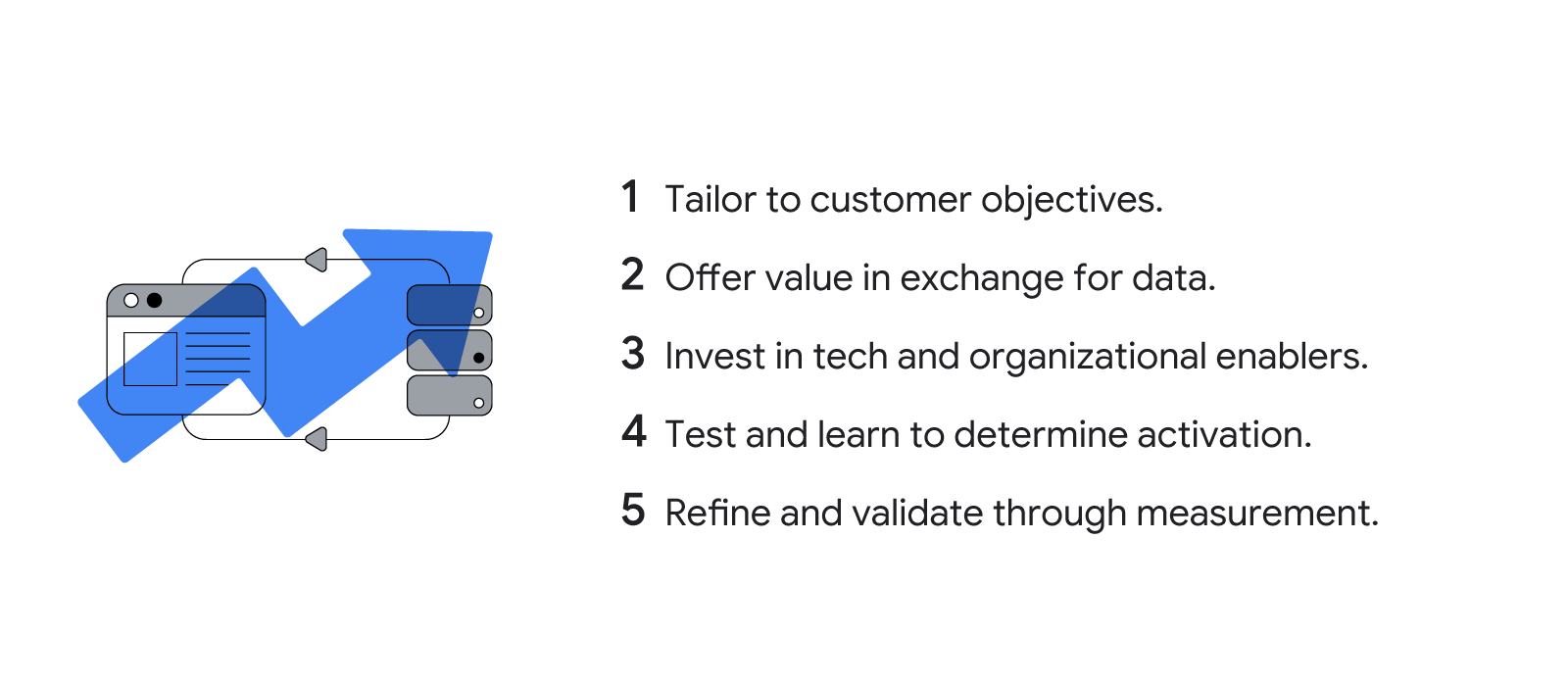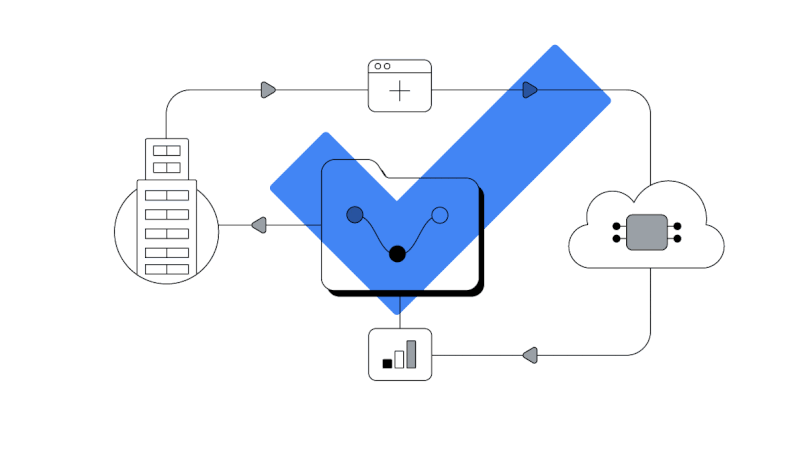As digital advertising shifts from third-party identifiers toward a privacy-driven approach, investing in first-party data is a strategy that can help marketers adapt. Unlike third-party data that is often available to many different companies, first-party data is unique to your business. It’s data that you own and collect with direct consent from consumers, through interactions on apps and websites, and in response to marketing initiatives, like email and loyalty programs. When used responsibly, first-party data helps brands build direct relationships with their customers, create value, and boost their advertising performance.
For the past few years, we’ve partnered with Boston Consulting Group (BCG) to study how brands succeed with first-party data strategies. We found that those using first-party data for key marketing functions achieved up to a 2.9X revenue uplift and a 1.5X increase in cost savings. Despite its clear benefits, however, most brands aren’t yet harnessing first-party data’s full potential.
In our latest research with BCG, we looked at how large advertisers are using first-party data to gain a competitive edge. Based on interviews with more than 20 brands and 7 agencies throughout the U.S. and Canada, we identified specific ways marketers can get more from their first-party data strategy.
Despite its clear benefits, most brands aren’t yet harnessing first-party data’s full potential.
Here are five key things to do.

1. Tailor to customer objectives
What holds most brands back from using data effectively is the lack of a coordinated plan to guide choosing which data to collect, and how to analyze and activate it. Brands can overcome these challenges by establishing clear customer experience goals and aligning them to business objectives. These goals can then help you differentiate between data that is required and data that is nice to have.
Let’s say, for example, that you aim to drive loyalty and retain your most valuable customers. With that vision in mind, the next step would be to invest in your loyalty program by making it your primary first-party data source. You could then use the program to provide discounts, redeemable points, and personalized offers for loyalty members to increase engagement with your brand and products.
From there, create a plan with measurable goals to guide which data you collect and invest in. Calculate the cost of acquiring that data as well as related complexities, such as compliance with privacy laws, risks of data breach, and impact on consumer trust. This helps you identify which data to prioritize.
2. Offer value in exchange for data
People want more transparency into how their data is being used online and more control over their experiences with digital advertising. When brands show that they are responsible with data and use it to deliver value through exclusive offers and loyalty programs, then customers are more willing to share their information.
As you’re planning or reevaluating your first-party data strategy, an important question to ask is, “Have we made it easy for customers to see the benefits of sharing their data with us?” Consent management is the key consideration here. If customers experience your brand through a website or app, for example, incorporating consent forms into the user experience should be a priority.
Another way to maintain customer trust is through strong data governance. By managing data properly and implementing processes that ensure data accuracy and integrity, you can avoid data breaches while improving data accuracy, timeliness, and usability.
As you’re planning or reevaluating your first-party data strategy, an important question to ask is, “Have we made it easy for customers to see the benefits of sharing their data with us?”



